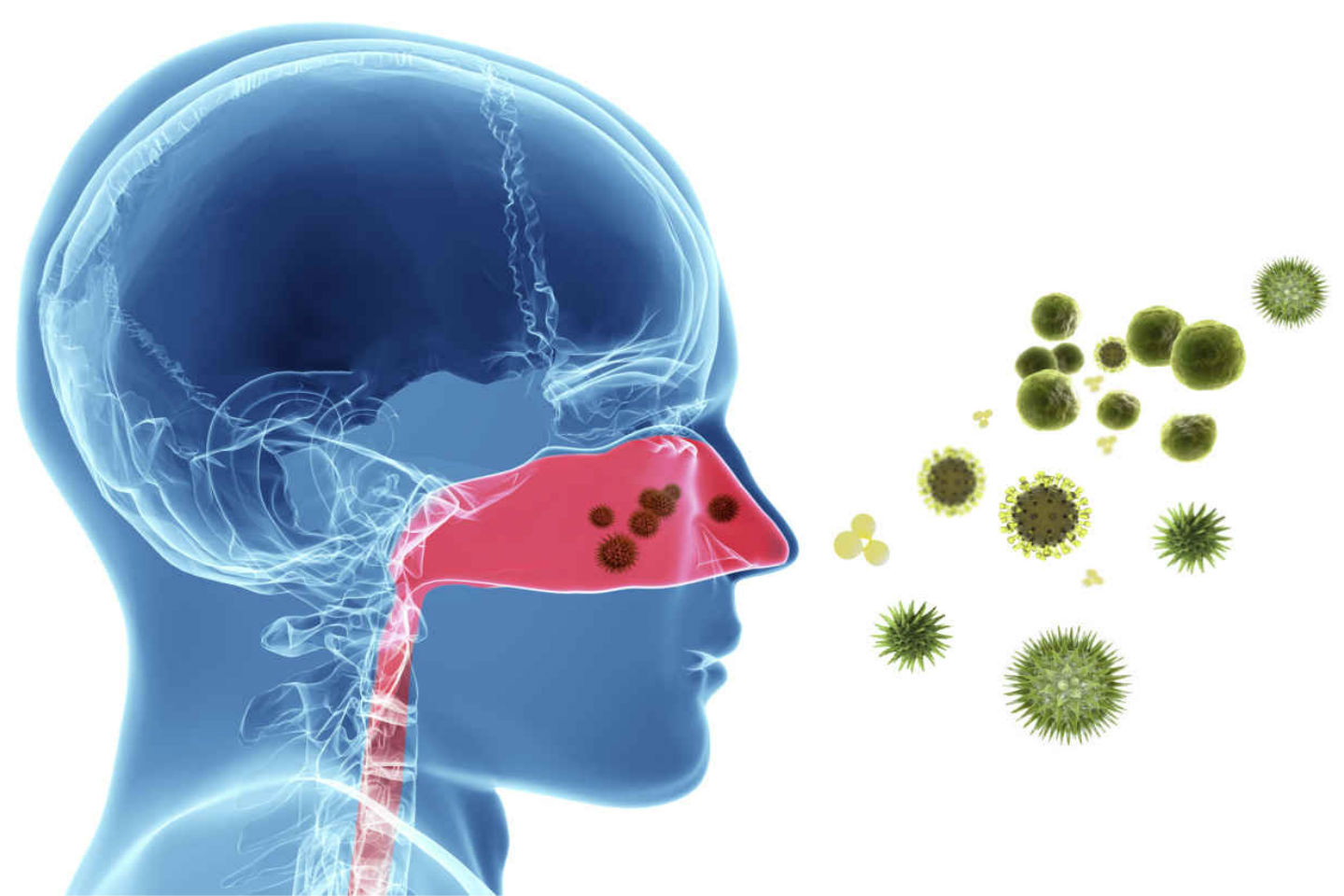Ceasing exposure to known allergens is the first step in anti-allergic treatment. Disposing of the allergen isn’t constantly conceivable, as on account of dust sensitivities.

Pharmaceuticals
Different medications can alleviate the symptoms of rhinitis. Some are taken orally, others are nasal showers or eye drops (eye drops). On the off chance that over-the-counter items don’t work, the specialist may endorse different items that work in an unexpected way.
- Antihistamines work by blocking the production of histamine, a substance that causes allergy symptoms. They diminish sniffling, runny nose, and shivering of the eyes and throat. First-generation antihistamines caused somnolence (Benadryl®). We now find, over-the-counter pharmacies, antihistamines that do not have this side effect (Claritin®, Allegra®, Zyrtec®).
- Decongestants quickly decrease the swelling of the nasal tissue. They are often used in combination with antihistamines. They are in the form of syrups, tablets (Sudafed®, Actifed®) and nasal sprays (Neo-Synephrine®). They contain pseudoephedrine. Topical decongestants (as sprays) should not be used for more than 3 consecutive days as they may cause rebound rhinitis. It is therefore a temporary measure that should not be abused.
- Rinsing the nasal passages. Rinsing nasal passages with salt water is a simple, inexpensive and effective way to relieve nasal congestion. A good rinse removes mucus and allergens from the nasal passages. Get a saline solution available in a pharmacy or prepare your homemade solution with ¼ c. teaspoon salt in 2 glasses (500 ml) warm water. Use a spray bottle or a nose syringe.
- Nasal corticosteroids are anti-inflammatory drugs that block the allergic reaction (Flonase®, Nasacort®, Nasonex®). They are generally recommended when antihistamines don’t give alleviation, all the more frequently in individuals who experience the ill effects of constant rhinitis. They are managed legitimately into the nose, utilizing a vaporizer. However, they can cause irritation of the mucous membranes of the nose.
- Oral corticosteroids are some of the time used to mitigate extreme hypersensitive indications. However, they are prescribed over a short period because their long-term use can cause serious side effects.
- The anti-granulants (cromoglycate sodium) work by preventing the release of histamine and other chemical mediators, initiators of allergic reactions. Products such as Cromolyn®, Opticrom® and Nasalcrom® are used in nasal spray or eye drops. Especially successful in kids and all around endured, they appear to assume a preventive job against hypersensitive responses when taken before the beginning of side effects. However, they must be administered several times a day.
- Antileukotrienes, prescription drugs (Singulair®, Accolate®), block the effects of leukotrienes. These are created by the invulnerable framework amid an unfavorably susceptible response and add to the beginning of side effects. Antileukotrienes are often used when a nasal spray is not well tolerated.
Progressive desensitization treatment
 At the point when the reason for the hypersensitivity is all around characterized and the medication medicines are not compelling, it is conceivable to think about a desensitization or immunotherapy treatment. It includes infusing, over a time of 3 to 5 years, expanding dosages of the allergenic substance. This treatment is only available for common allergens, such as pollen, dog and cat dander, mites and molds. It is especially powerful if there should be an occurrence of sensitivities to dust and parasites. According to a meta-analysis of data from 16 clinical studies, 1 in 2 people get an improvement in their symptoms thanks to the desensitization treatment, compared to 1 in 4 for a placebo treatment.Desensitization should likewise be possible by taking day by day drops or tablets that are permitted to liquefy under the tongue.This method is called sublingual desensitization or SLIT (sublingual immunotherapy). Several studies and meta-analyzes found a decrease in symptoms compared to taking a placebo. However, no study has compared this technique to immunotherapy-based injections. Sublingual desensitization is commonly used in Europe, but is not allowed in Canada.
At the point when the reason for the hypersensitivity is all around characterized and the medication medicines are not compelling, it is conceivable to think about a desensitization or immunotherapy treatment. It includes infusing, over a time of 3 to 5 years, expanding dosages of the allergenic substance. This treatment is only available for common allergens, such as pollen, dog and cat dander, mites and molds. It is especially powerful if there should be an occurrence of sensitivities to dust and parasites. According to a meta-analysis of data from 16 clinical studies, 1 in 2 people get an improvement in their symptoms thanks to the desensitization treatment, compared to 1 in 4 for a placebo treatment.Desensitization should likewise be possible by taking day by day drops or tablets that are permitted to liquefy under the tongue.This method is called sublingual desensitization or SLIT (sublingual immunotherapy). Several studies and meta-analyzes found a decrease in symptoms compared to taking a placebo. However, no study has compared this technique to immunotherapy-based injections. Sublingual desensitization is commonly used in Europe, but is not allowed in Canada.
Surgery
In the event that the medication treatment is inadequate or if there should be an occurrence of anatomical irregularities of the nasal pit, careful treatment might be considered. Surgery is indicated for the deviation of the nasal septum, for nasal polyps or for draining infected sinuses. Surgery is primarily used to facilitate breathing, but in no case will it prevent an allergy from manifesting itself.To unblock the nose of a baby or a young child, remove some of the mucus using a syringe or a nasal bulb. Then drop a drop of warm saline water into each of the nostrils by placing the child so that the drop flows to the back of the nose. The tyke is rectified up when the gout has entered the nose.






